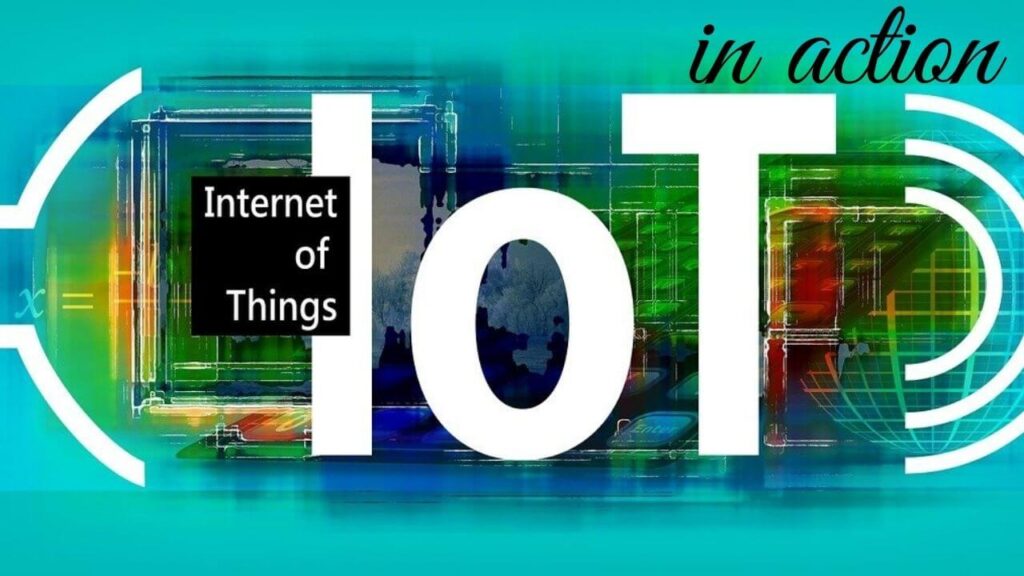The term Internet Of Things was first introduced in 1999 to describe a new concept that would simplify information technology. Today, the Internet of Things has become a mainstay of technological advancement.
The Internet of things involves various small and large electronic devices collaborating for diverse functions. These devices can come from a wide variety of sources, including household appliances, cars, factories, and even your home computer. As these devices grow in size and complexity, their capabilities can also expand. These devices can perform tasks for their users or serve as a platform that can facilitate interaction between different types of machines.
What are the advantages of the Internet of things? It can be defined as a new networking system made up of small and large electronic devices. These devices can be designed to transmit information over their physical local area network, while remote nodes keep connectivity via the Internet. It is also useful in terms of communication. You can easily send electronic mails, share files, and create contacts online.

What are the drawbacks of Internet of things? One of the most significant disadvantages is the ability to connect devices through the Internet. In the past, people had to buy expensive cables to connect their devices with other networks. This cost of the wires made the Internet a luxury only the elite could afford. Devices without a standard serial port can also make use of the Internet. The Internet’s ability to link devices means that it can work similarly to cellular phones. When devices connect online, their signals become digital data for other machines to use.
How big is the Internet of things? Today, there are more than fifty billion internet-capable devices in use. Currently many of these devices being sold for less than a hundred dollars in the market. This is a relatively cheap investment that can save you a lot of money and give you the freedom to use the Internet in any manner that you wish.

What is the future of the Internet? With the number of internet-capable devices increasing rapidly, the future of the Internet will become increasingly important.
Future consumers will continue to see new devices and features added, and existing consumers will continue to get more unique and more advanced tools. As the number of devices increases, the amount of data transmitted across the network will grow. This will lead to an explosion in the use of the system itself.
What are the benefits of Internet of things? With the Internet of things, users will enjoy a wide variety of convenience features such as mobility, accessibility, control, and performance.Users will have access to the Internet wherever they go. Users can browse the Internet when they are in their car or at the airport. They can stay in touch with their friends while they are shopping.

Because of mobility, users can use their phones and computers anywhere. They won’t need to bring a laptop to get an internet connection.
A more advanced form of Internet of things called Internet of Things can control devices and functions. This is a powerful technology that will allow you to connect many different systems for greater flexibility and efficiency. With the Internet of things, you can connect everything to the Internet from your kitchen to your home.